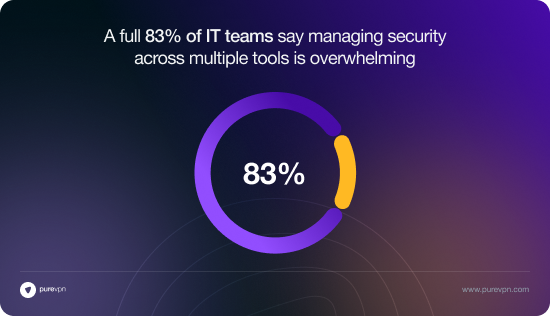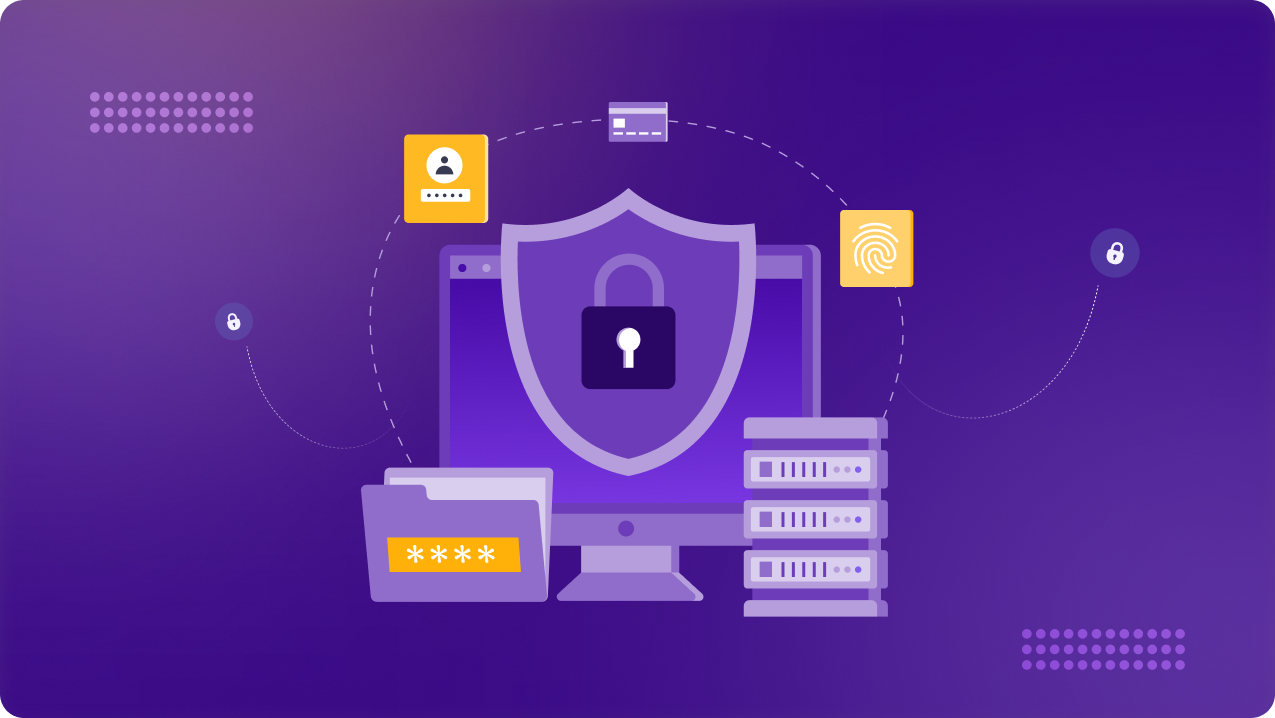Table of Contents
Cybersecurity is a mess across the globe. Networks are expanding, users are more dispersed than ever, and cyber threats? They just keep evolving. That’s why companies are scrambling for better ways to lock things down without making life impossible for IT teams. Enter SASE (pronounced “sassy”)—a security model designed for the way businesses actually work today.
Why SASE? And Why Now?
A decade ago, most companies had a neat little perimeter. Everything sat behind firewalls, and if you weren’t in the office, you’d VPN in. Simple enough. But now? Remote work is normal. SaaS tools are everywhere. And that old perimeter? It’s gone. Instead of securing a location, you need to secure users, data, and devices—no matter where they are.
That’s where SASE steps in. It combines networking (SD-WAN) and security (Zero Trust, Cloud Access Security Broker, Secure Web Gateway, etc.) into a single cloud-delivered service. The goal? Keep performance smooth while tightening security—without forcing IT to juggle five different tools.
The Key Pieces of SASE
Think of SASE as a security and networking bundle that travels with users and devices. Here’s what’s inside:
- SD-WAN: A smarter way to route traffic that doesn’t rely on expensive MPLS connections.
- Zero Trust Network Access (ZTNA): Users don’t get blanket access just because they’re “inside” the network. Trust is verified every step of the way.
- Cloud Secure Web Gateway (SWG): Filters and blocks bad sites, phishing attempts, and malware before they reach users.
- Cloud Access Security Broker (CASB): Protects sensitive data in cloud apps like Google Workspace, Slack, or Salesforce.
- Firewall-as-a-Service (FWaaS): A next-gen firewall, but in the cloud.
These tools all work together—no need for IT to keep stitching separate security layers together manually.
Why IT Teams Love SASE
IT departments are tired. Security stacks are getting more complicated, but budgets aren’t magically increasing. A full 83% of IT teams say managing security across multiple tools is overwhelming. SASE lightens the load by consolidating security and networking into a single framework.

A few key perks:
- Better Remote Work Security – Whether an employee is at home, in a coffee shop, or traveling, they get the same security policies as they would in the office.
- Simplified Management – No more jumping between firewalls, VPNs, and cloud security tools. It’s all unified.
- Scalability – Adding new users, offices, or cloud services doesn’t mean reconfiguring half the network.
How PureVPN for Teams Fits into SASE
SASE is a big framework, and you don’t have to implement everything at once. If you’re just starting out, PureVPN for Teams helps lay the foundation with secure remote access and traffic encryption. Whether you need a Dedicated IP for access control or a Dedicated Server for team-wide security, it integrates easily into a broader SASE strategy.
Some teams start with a Zero Trust VPN model—ensuring only authorized users access certain resources—before layering in more SASE components over time. Others replace their legacy VPN entirely with a modern, policy-driven remote access solution.
Making the Move to SASE
SASE isn’t an overnight switch. But it’s a shift worth making—especially as hybrid work and cloud adoption continue growing. If security is feeling messy, fragmented, and hard to manage, it’s probably time to rethink the approach.
Start small. Look at where your biggest vulnerabilities are. Then, build toward a unified security model—one that scales with your business instead of adding complexity.
Need a first step? Lock down remote access. PureVPN for Teams makes it easy. And from there, you can move toward a full SASE architecture at your own pace.
Because let’s be real—security shouldn’t slow your business down. It should just work.





